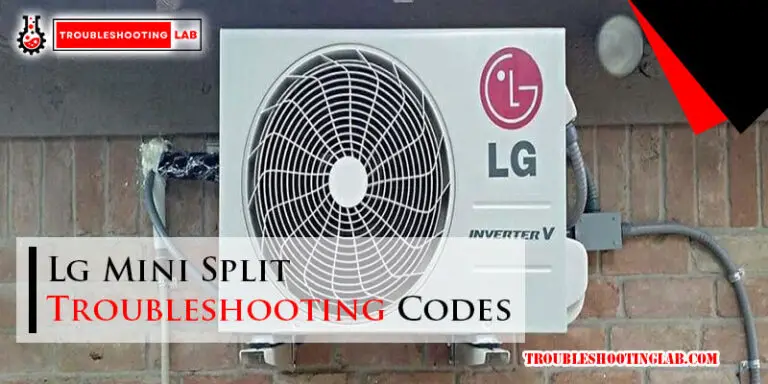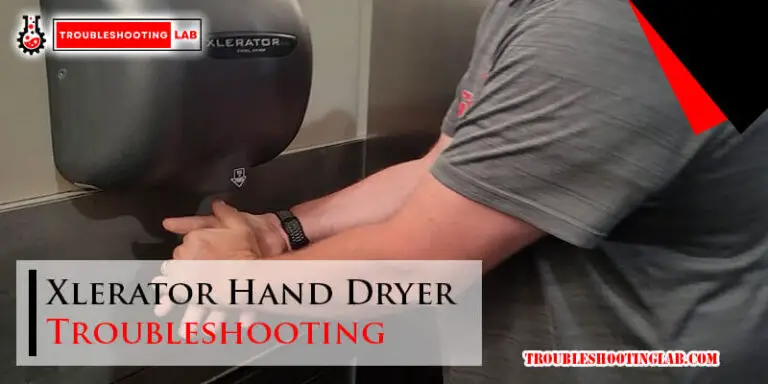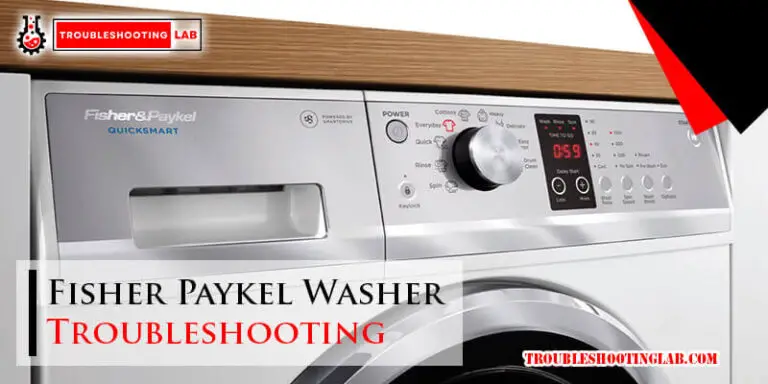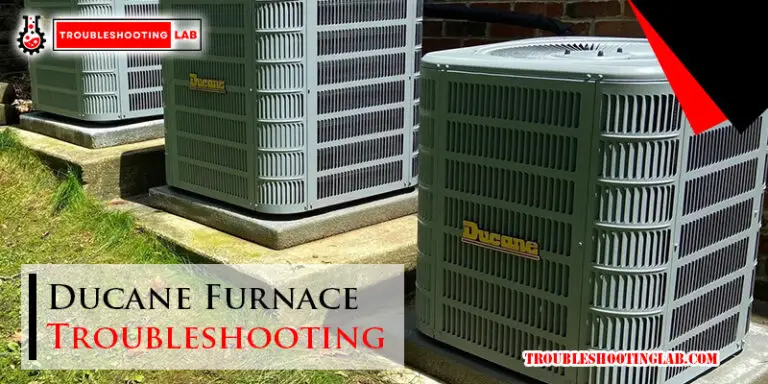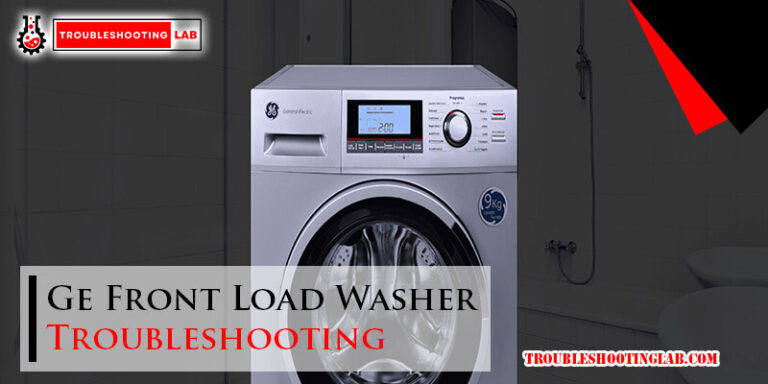Kinetico Water Softener Troubleshooting: Quick Fixes
If your Kinetico water softener is not using salt, first put it in bypass mode and disconnect the brine line. Clean out the salt tank and brine pickup to ensure proper function.

Understanding Kinetico Water Softeners
Kinetico water softeners are a popular choice for homeowners looking to improve the quality of their water. These innovative systems use advanced technology to remove minerals and impurities that can cause hard water. Understanding how Kinetico water softeners work and the benefits they offer can help you troubleshoot any issues that may arise and make sure your system continues to provide you with soft, clean water.
Overview Of Kinetico Water Softeners
Kinetico water softeners are known for their efficiency and reliability. These systems are designed to tackle hard water problems by utilizing a unique process called “demand-initiated regeneration.” This means that the system only regenerates (cleans itself) when necessary, based on your specific household’s water usage. This not only saves water and energy but also ensures a continuous soft water supply without interruptions.
Explanation Of How Kinetico Water Softeners Work
Kinetico water softeners work through a dual-tank design. The first tank contains special resin beads that remove the hardness-causing minerals, such as calcium and magnesium, from the water. As the water enters the tank, it passes through the resin, and the minerals are trapped, leaving the water soft and free from impurities.
The second tank, known as the brine tank, contains a mixture of water and salt. During the regeneration process, a small amount of salty water is flushed through the resin tank to clean the resin beads, removing the accumulated minerals. The remaining saltwater is then rinsed out, ensuring the resin is ready to soften the next batch of water.
Benefits Of Using A Kinetico Water Softener
Using a Kinetico water softener provides numerous benefits for your home and family. Some advantages include:
- Elimination of scale buildup: Hard water can cause scale buildup on pipes, appliances, and fixtures. By removing the minerals responsible for scale, a Kinetico water softener helps extend the lifespan of your plumbing system and appliances.
- Softer, cleaner hair and skin: Soft water allows soaps and shampoos to lather more effectively, leaving your hair softer and your skin smoother.
- Spotless dishes and glassware: With softened water, you’ll notice a decrease in spots and film on dishes and glassware.
- Saving money on cleaning products: Soft water reduces the need for excessive cleaning products, as it doesn’t leave soap scum or mineral residue behind.
- Increased energy efficiency: Soft water helps appliances, such as water heaters and dishwashers, operate more efficiently, potentially reducing energy consumption and utility bills.
Overall, understanding how Kinetico water softeners function and the benefits they provide ensures that you can troubleshoot any issues that arise and make the most of your system’s performance.
Common Issues With Kinetico Water Softeners
Identifying Common Issues
When it comes to Kinetico water softeners, there are a few common issues that homeowners may experience. Identifying these issues early on can help prevent further damage and ensure that your system continues to function efficiently. Let’s take a look at some of the most common issues you may encounter with your Kinetico water softener.
Signs Of A Malfunctioning Kinetico Water Softener
One of the first signs that your Kinetico water softener may be malfunctioning is a change in the quality of your softened water. If you start noticing chalky deposits on your dishware and fixtures, even though you’ve never had this issue before, it could be a sign of a clogged water softener. Additionally, if your water doesn’t feel as soft as it used to or if you notice a decrease in lather when using soap, these can also be indications of a malfunctioning water softener.
Effects Of A Clogged Water Softener
A clogged water softener can have several negative effects. Firstly, it can prevent the system from effectively removing hardness minerals, resulting in hard water issues. Hard water can cause soap scum buildup, reduce the effectiveness of cleaning agents, and leave streaks and spots on dishes and fixtures. Additionally, the accumulation of minerals in the system can lead to reduced water flow, decreased efficiency, and potential damage to the components of the water softener.
Troubleshooting Steps For Common Issues
If you’re experiencing any of the common issues with your Kinetico water softener, there are some troubleshooting steps you can take to resolve them.
Fixing A Water Softener That Is Not Using Any Salt
If your water softener is not using any salt, the first step is to check the brine tank. Make sure it contains an adequate amount of salt. If the tank is empty or the salt level is low, add salt to the tank. Additionally, check for any clogs in the eductors or jets in the control valve, as they can prevent the softener from drawing in salt.
Repairing Clogged Eductors Or Jets In The Control Valve
If you suspect clogged eductors or jets in the control valve are causing issues with your water softener, you can try cleaning them. Gently remove any visible debris or mineral buildup from the openings using a soft cloth or brush. If necessary, you can also consider using a specialized cleaner designed to dissolve mineral deposits.
Addressing Malfunctioning Brine Or Float Valves
If your water softener is not using salt despite having enough in the brine tank, the brine or float valve may be malfunctioning. In this case, it’s best to contact a professional to diagnose and repair the issue. They can replace the faulty valve, ensuring the proper functioning of your Kinetico water softener.
Dealing With A Brine Line With A Hole
If there is a hole in the brine line, it can prevent salt from being drawn into the system. Inspect the brine line for any visible damage or leaks. If you notice a hole or leakage, it’s important to replace the damaged section of the line to restore the proper salt flow.
In conclusion, understanding the common issues that can occur with Kinetico water softeners and knowing how to troubleshoot them can help you maintain the efficiency and longevity of your system. By identifying these issues early on and taking the appropriate steps to address them, you can ensure that your Kinetico water softener continues to provide you with the high-quality, softened water you and your family deserve.
Steps To Troubleshoot A Kinetico Water Softener
If you are experiencing issues with your Kinetico water softener, troubleshooting the problem yourself can help save time and money. By following these simple steps, you can identify and resolve common problems with your water softener.
Step 1: Checking The Water Softener Settings
The first step in troubleshooting a Kinetico water softener is to check the settings. Start by adjusting the regeneration cycle frequency. This can be done by referring to the manufacturer’s instructions and adjusting the settings accordingly. Additionally, ensure that the correct time and date settings are entered into the water softener. Incorrect time settings can disrupt the regeneration cycle and affect the overall performance of the system.
Step 2: Inspecting The Salt Levels
An important aspect of troubleshooting a Kinetico water softener is inspecting the salt levels. Maintaining an adequate salt level is essential for optimal performance. Check the salt tank and make sure it is filled to the recommended level. If the salt levels are low, add salt as necessary. Signs of low salt levels include noticing a decrease in the softness of the water or an increase in mineral buildup on fixtures and dishware.
Step 3: Checking For Blockages In The System
Blockages can occur in a Kinetico water softener system, disrupting the flow of water and reducing its effectiveness. To troubleshoot this issue, start by clearing any blockages in the brine line. This can be done by carefully removing any obstructions and ensuring that the line is free from debris. Additionally, inspect and clean any clogged venturi or injector. These components play a crucial role in the softening process and should be free from any obstructions.
Step 4: Testing The Water Hardness
Testing the water hardness is another essential step in troubleshooting a Kinetico water softener. Using a water hardness test kit, measure the hardness of the water before and after the water softener. If the water hardness is not within the desired range, adjust the hardness setting on the water softener accordingly. This will ensure that the system is effectively removing minerals and providing you with soft water.
By following these troubleshooting steps, you can address common issues with your Kinetico water softener and restore its optimal performance. However, if the problem persists, it is recommended to seek professional assistance to diagnose and resolve the issue.
Regular Maintenance For Kinetico Water Softeners
Regular maintenance is required for Kinetico water softeners. Proper maintenance is crucial for ensuring the optimal performance and longevity of your Kinetico water softener. By regularly maintaining your water softener, you can prevent common issues and extend its lifespan. In this section, we will discuss the importance of regular maintenance, how it can help you avoid common problems, and the specific maintenance tasks you should undertake for Kinetico water softeners.
Importance Of Regular Maintenance
Regular maintenance is essential for keeping your Kinetico water softener in top-notch condition. By performing routine maintenance tasks, you can prevent potential issues, save money on repairs, and ensure that your water softener continues to provide soft and clean water for an extended period. Neglecting regular maintenance can lead to a decline in performance, decreased efficiency, and even the need for premature replacement of your water softener.
Extending The Lifespan Of The Water Softener
By following a regular maintenance schedule, you can significantly extend the lifespan of your Kinetico water softener. A well-maintained water softener can serve you for many years, consistently providing high-quality softened water. Regular maintenance helps prevent mineral buildup, which can strain the system and lead to irreversible damage. By taking care of your water softener, you can avoid costly replacements and enjoy its benefits for a longer period of time.
Preventing Common Issues Before They Occur
Regular maintenance allows you to catch potential issues before they become major problems. By taking proactive measures, you can prevent common water softener issues such as clogs, resin bed fouling, and control valve malfunctions. Regular maintenance also ensures that your system operates at peak efficiency, reducing the risk of unexpected breakdowns and ensuring a continuous supply of soft water.
Maintenance Tasks For Kinetico Water Softeners
To keep your Kinetico water softener in excellent condition, there are a few essential maintenance tasks you should perform regularly. These tasks include:
1. Cleaning the brine tank: Regularly clean the brine tank to remove any sediment or dirt that may accumulate over time. This ensures that the brine solution remains pure and free from impurities.
2. Flushing the resin bed: Over time, the resin bed may become fouled with minerals and debris. Flushing the resin bed helps remove these impurities and restores the efficiency of the system.
3. Inspecting the control valve: Regularly inspect the control valve to ensure it is functioning correctly. Check for any leaks, cracks, or signs of wear and tear. This will help identify any issues early on and prevent further damage.
By following these maintenance tasks on a regular basis, you can keep your Kinetico water softener in optimal condition, extend its lifespan, and avoid common problems that may arise.
Now that you understand the importance of regular maintenance for your Kinetico water softener and the specific tasks you need to perform, you can ensure that your system continues to provide you with high-quality softened water for years to come. Don’t neglect regular maintenance; it’s the key to keeping your water softener running smoothly and efficiently.
Frequently Asked Questions
How Can You Tell If Your Water Softener Is Clogged?
If you notice a significant change in the softness of your water and see chalky deposits on your dishes and fixtures, your water softener may be clogged.
What Is The Life Expectancy Of A Kinetico Water Softener?
The life expectancy of a Kinetico water softener can vary depending on factors such as usage and maintenance. However, on average, a Kinetico water softener can last for 20 to 25 years.
How Long Does It Take For A Kinetico Water Softener To Regenerate?
A Kinetico water softener typically takes about 2–3 hours to regenerate.
What Causes A Water Softener to Stop Using Salt?
A water softener may stop using salt due to clogged eductors or jets in the control valve. The malfunctioning of the brine or float valve can also be a cause. Another reason could be a brine line with a hole in it. Ensure that the brine tank contains salt and there are no blockages.
How Do I Know If My Kinetico Water Softener Is Clogged?
If you notice a drastic change in water softness or see chalky deposits on your dishware and fixtures, it might be a sign that your Kinetico water softener is clogged.
Conclusion
Troubleshooting a Kinetico water softener can be a straightforward process if you follow the right steps. Remember to check for clogged components, ensure the brine tank has sufficient salt, and inspect the power supply. Addressing these common issues can help resolve problems such as not using salt or not regenerating properly.
By performing regular maintenance and staying proactive, you can ensure that your Kinetico water softener functions optimally and provides you with the soft water you desire.

